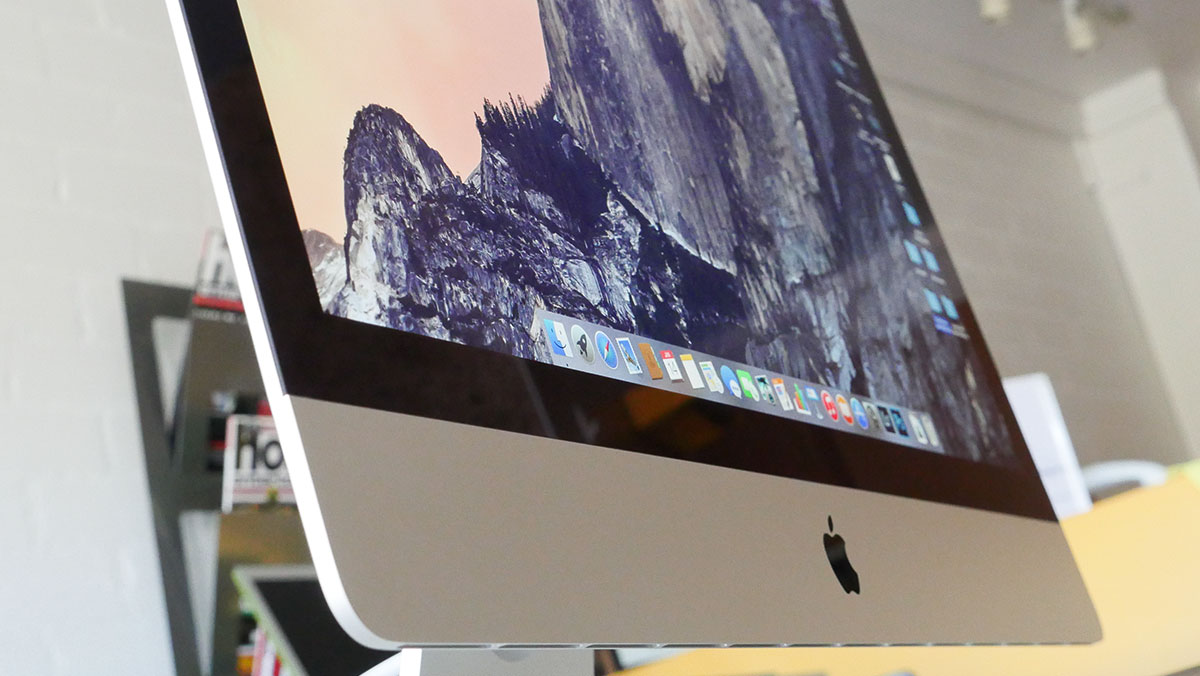
- Dr. Mohamed Abdulzaher
Dr Mohamed Abdulzaher
Media Consultant at UAE Government Communication Office
As a natural development of the growth of different media technologies starting with the First Industrial Revolution to the Second to the Third and finally the Fourth Industrial Revolution and the Artificial Intelligence Journalism; it’s certainly that the traditional and printed press is declining, and it can be said that it will disappear completely in era of the Artificial Intelligence Journalism, and what we used to see of printed copies fill train stations, or readers sitting inside metros and carrying newspapers and magazines; all of that are no longer exist. Smart phones’ applications have replaced traditional newspapers, the public chooses and carefully selects the nature of the news that comes to his smart phone at the wished time and place.
The audience of AI journalism has a good ability to choose the right content in smarter ways than ever, and has smarter tools and techniques to transfer that content.
The central theme of this growing world of media is that it’s personal and increasingly digital. And it is one that is constructed by the individual for his or her own enjoyment and gratification, and delivered through personal devices. Companies, in turn, are tailoring their offerings and business models to revolve around personal preferences, leveraging data and usage patterns to pitch their products not at audiences of billions, but at billions of individuals. The largest platforms cater to and anticipate users’ personal needs with AI-enabled, algorithm-driven playlists and recommendations. Meanwhile, growing ranks of virtual assistants sit ready to listen to the demands and requests of their owners — and to address them personally, according to PWC report ( Global Entertainment & Media Outlook 2019–2023).
Globally, the quantity of printed newspapers in US, Canada, Europe, and even in Arab world has declined, the distribution of printed newspapers has fallen dramatically as a result of the emergence of a generation of youth who rely entirely on social media on one hand or on smart phone applications on the other.
In the U.S., weekday print circulation has shrunk from a high of nearly 60 million in 1994 to 35 million for combined print and digital circulation today — 24 years of decline. Advertising revenue has cratered, falling from $65 billion in 2000 to less than $19 billion in 2016. Newsroom employment fell nearly 40 percent between 1994 and 2014, according to Public Policy Forum report ( The Shattered Mirror ).
The estimated total U.S. daily newspaper circulation (print and digital combined) in 2018 was 28.6 million for weekday and 30.8 million for Sunday, down 8% and 9%, respectively, from the previous year (2017). Weekday print circulation decreased 12% and Sunday print circulation decreased 13%. (Pew Research Center, Newspapers Fact Sheet 2019).
In contrast digital circulation in 2018 have risen, with weekday up 6% and Sunday up 8%. According to the independently produced reports from The New York Times and The Wall Street Journal, both companies experienced substantial gains in digital circulation in the past year: 27% for the Times and 23% for the Journal, on top of large gains in 2017. If these independently produced figures were included with the AAM data in both 2017 and 2018, weekday digital circulation would have risen by 17%.
AI Journalism and Individual Tastes
Today, few consumers fully understand AI and its potential benefits. Nevertheless, it will increasingly permeate their world. In media, AI’s understanding of people’s individual tastes and consumption history will enable them to discover the content they find most compelling — preferably across many different services — without even having to look for it. This is something people want, and feel they’re not getting. As revealed by PwC’s research report A new video world order, there’s a relatively high level of dissatisfaction with the AI-powered recommendations that consumers currently receive from their video-streaming services. That’s why consumers still prefer personal reviews and recommendations from real people. More than one-third of consumers (36%) believe that finding content on streaming platforms needs to be easier, and only 21% think their streaming services know what they want to watch better than they do themselves. Consumers are also frustrated at how reactive — not predictive — today’s algorithms are; 30% say their streaming services recommend the same content over and over again. A similar frustration is expressed by Internet users, when, for example, they find themselves bombarded with advertisements for a particular hotel — just after they have booked a room, according to PWC report ( Global Entertainment & Media Outlook 2019–2023).
The emerging availability of 5G will give operators the opportunity to rethink everything from pricing and packaging to overall positioning in the wider telecom, media and technology market, which will have a big impact in Media and accelerate AI Journalism techniques.
The fourth Industrial Revolution will ensure a high penetration of high-speed Internet. For example the 5G will give operators the opportunity to rethink everything from pricing and packaging to overall positioning in the wider telecom, media and technology market.
We can say that Artificial Intelligence Journalism will create a very large gap in the traditional press industry, which contributes significantly to the fading of that industry, where the readers’ reliance on the modern techniques provided by the Artificial Intelligence Journalism in obtaining information and news, so we need more dynamic alternatives to traditional newspapers to be found to meet the requirements of the audience on one hand and techniques of Artificial Intelligence on the other hand.









